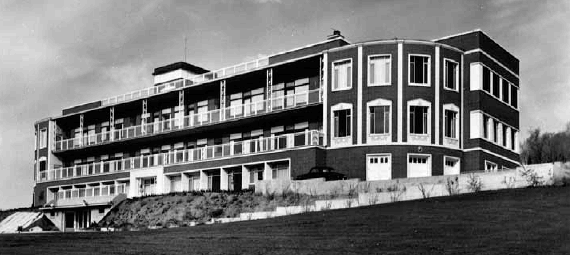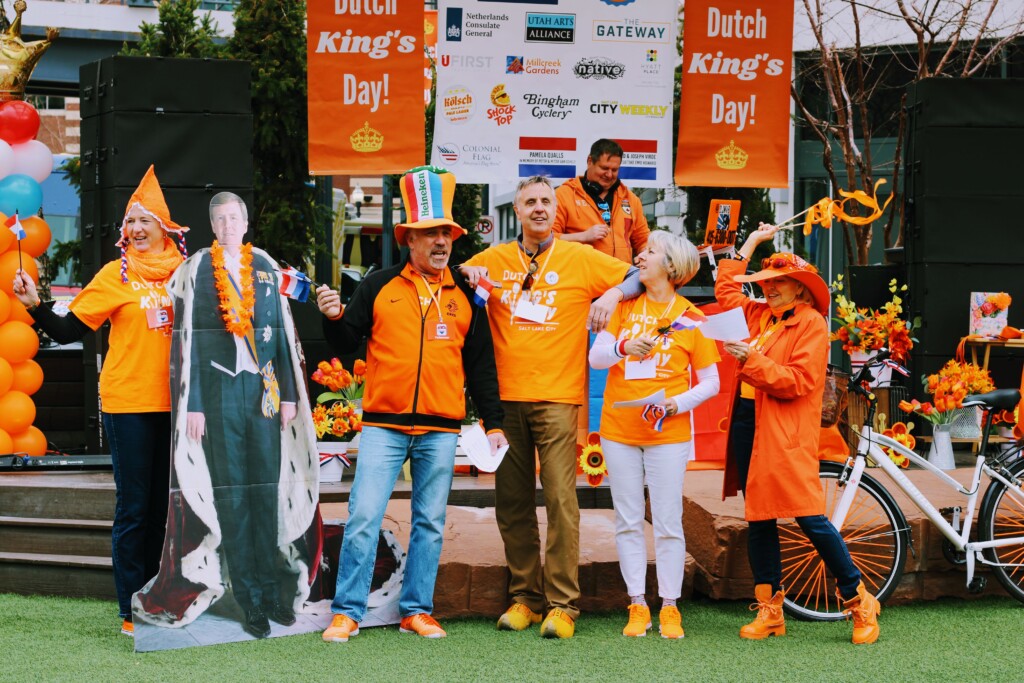
Babs in the City by Babs De Lay: Broker Urban Utah Homes & Estates
Primary Children’s has undergone some major changes in recent years: There’s a new lobby, new dental offices, a new outpatient wing and construction is underway on new surgical suites. But perhaps the most prominent change was a subtle one. For the past few decades, it was known as Primary Children’s Medical Center. It is not anymore. It is now Primary Children’s Hospital.
So, why the change from ‘Medical Center’ to ‘Hospital’?
CEO Katy Welkie says the name change is actually a return to the facility’s roots. In the beginning, Primary Children’s was called, ‘Hospital’; it was changed to ‘Medical Center’ back in the 70s. Welkie and others also felt it was time to go back, in a large part, because the phrase ‘Medical Center’ was creating confusion.
“What we were finding is that, when people were doing internet searches, they were looking up, ‘Children’s Hospital,’ and not, ‘Children’s Medical Center.’ In fact 90% of the searches were for, ‘Children’s Hospital,’ and not, ‘Medical Center.” In an emergency there isn’t time for confusion. Welkie says that, at times, parents who typed ‘Children’s Hospital’ into a search engine would see results outside of Utah listed ahead of Primary Children’s.
Welkie says the name change took place gradually, over time, to minimize the cost. “We didn’t change everybody’s letterhead one day. We said use up your old letter head.” In fact, you can still see plenty of nods to when the hospital called itself, ‘Medical Center.’ We found a mural in the hospital’s imaging center of a kid holding a flag that says, “PCMC.” There are also a number of cars in the parking garage with the familiar four letters. But, Welkie says, make no mistake: “We are a hospital.”
Primary Children’s Hospital began in the early years of the twentieth century as a church-sponsored institution. The Primary Association (the children’s program) of The Church of Jesus Christ of Latter-day Saints opened a children’s ward at Salt Lake’s LDS Hospital in 1911. This action was taken after association officers Louie B. Felt and May Anderson were touched by the sight of a child on crutches struggling along a city street, and they realized the need for special medical help for children.
The Early Years
On May 12, 1922, the Primary Association opened its own 35-bed facility in a large old home at 40 West North Temple, across from Salt Lake City’s Temple Square. Surgeries were performed at LDS Hospital, and then children convalesced in the Primary facility. Children with mostly orthopedic and chronic diseases were hospitalized an average of six months. Parents had limited visiting privileges because of the threat of communicable diseases in those pre-antibiotic days.
The hospital was supported by donations of birthday pennies by LDS Primary children, and by an annual Penny Parade held in hundreds of Intermountain area towns and farming districts.
A Second Home
The hospital moved to a new 70-bed building at 320 Twelfth Avenue on February 12, 1952. Efforts to build that expanded, modern facility had begun in the late 1930s, but the war years with associated shortages of materials and manpower delayed the project. Following the end of World War II, the Primary Association began a fund-raising drive under the dynamic direction of Frances Grant Bennett, mother of Utah’s Senator Robert F. Bennett. One of the initiatives was a “Dimes for Bricks” drive, in which donors contributing ten cents had the satisfaction of knowing they had purchased one red brick for the new hospital. From their collective efforts, the Primary Association was able to pay half of the $1.25 million price tag, with general LDS Church funds paying the other half.
During the late 1950s, the medical community recognized the need for additional children’s services. On January 1, 1961, the hospital officially expanded its services to include acute care. Building expansion brought the number of beds to 84, and the first pediatric specialty departments in the Intermountain West were established. Surgeries began to be performed at the hospital in the mid-1960s, although complex surgeries were still performed at LDS Hospital. In 1966, a new wing was completed, doubling the number of beds.
Change of Ownership
The hospital flourished under the dedicated direction of the Primary Association, but change was coming. In 1975, the LDS Church created an independent, nonprofit corporation, Intermountain Healthcare, into which all the church’s hospital holdings were transferred. Primary Children’s Medical Center was included in that donation to the community by the LDS Church, and remains part of the Intermountain Healthcare system today.
Affiliation with the University of Utah
Another important chapter for the hospital occurred with the 1977 signing of an affiliation agreement for educational purposes between Primary Children’s and the University of Utah School of Medicine’s Department of Pediatrics. The agreement formalized an arrangement that began in 1962, when pediatric resident rotations were established at the hospital. Primary Children’s became an official teaching hospital, and the formal agreement opened the way for many additional medical specialties to be offered.
The hospital on Twelfth Avenue eventually grew to 170 beds. As demands on the hospital increased, discussions began regarding further growth. Many options were considered, but finally the decision was made to build a new facility on land leased from the University of Utah, adjacent to the School of Medicine.
A Third Home
On April 23, 1990, a fleet of ambulances moved 114 patients to the University of Utah campus. The hospital opened in a beautiful new building with 186 beds. Since that day, the facility has expanded to 289 licensed inpatient beds, with more on the drawing boards. As physical space becomes an increasing premium, administrators are looking outside the hospital walls for solutions. Behavioral health patients are treated at three off-campus locations. Rehabilitation therapy is offered to outpatients at four off-site locations. A new facility in Riverton, Utah, 25 miles to the south, provides additional capacity for outpatient surgery, radiology, pediatric sub-specialty clinics, and other services.
Present Day
Each year brings continuing change and progress to the hospital. During the years at the university campus, the medical staff has grown from 450 to more than 750. Heart, liver, and bone marrow transplants are routinely performed. Helicopters come and go several times a day, bringing the region’s sickest and most fragile children to the Intermountain West’s only pediatric Trauma I center. The latest technological equipment provides physicians with diagnostic information undreamed of by earlier generations.
Thousands of individual children receive extraordinary care each year at Primary Children’s, provided in an atmosphere of love and concern.





